LDR based Flex Sensor is an Amazing Low-Cost Hack
Flex sensors are awesome. As the name suggests, they sense when objects flex, and as such, are great for attaching to hands to get accurate readings of finger bends. However, flex sensors are also more expensive than many other sensors.
In a project I first noticed on the Arduino blog, school teacher Gord Payne presents an elegant alternative to traditional flex sensors. It was part of a write-up of one of his high school student's projects: An optical flex sensor using a light-dependent resistor:
The concept couldn't be simpler, but as far as simple ideas go, it's incredibly elegant. An LED is placed at one end of an opaque flexible tube, with an LDR at the other. As the tube flexes, less light can get through the gap. Add an Arduino reading LDR values through an analog pin and, as the Hackaday writeup from Gord says: "Voila!"
The Hackaday write-up also includes example code if you want to replicate the project yourself. Here's a closer look at the glove in action:
It's always exciting when someone comes up with a new way to sense the world, but it's especially satisfying when it uses simple components to do so. With just an LED, an LDR, an Arduino, and some flexible tube, you could be controlling servos just like the video above in no time!
If you like stories like these, you'll love the Electromaker Show, our weekly round-up of all things Maker and Embedded. Join us on YouTube or on all major podcast services.




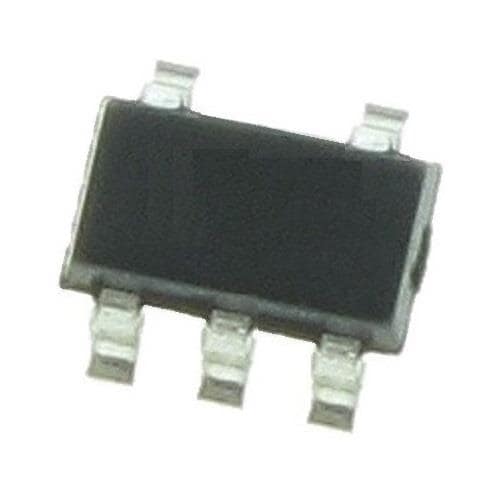
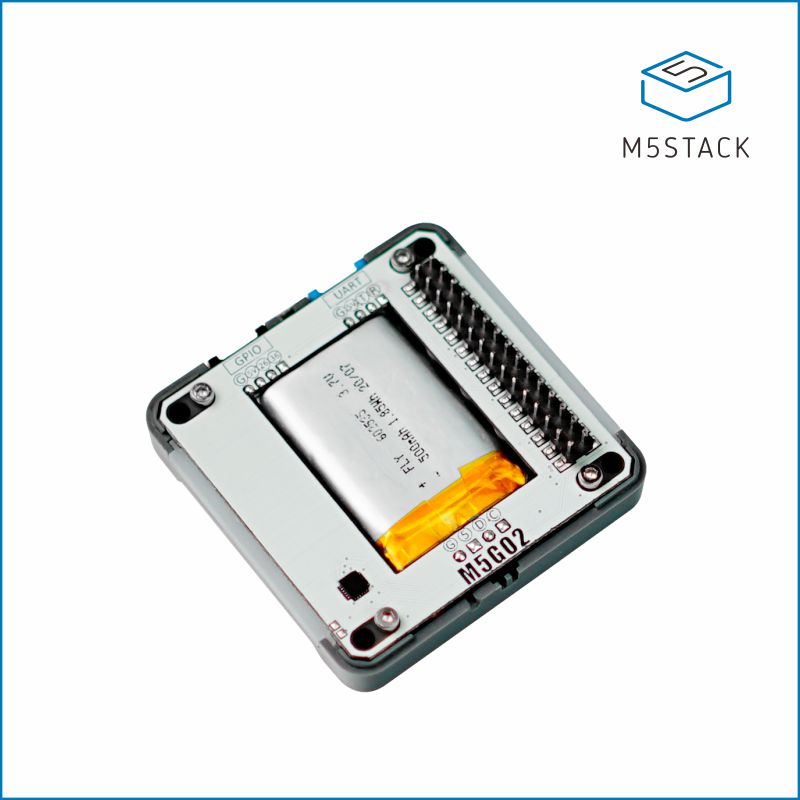
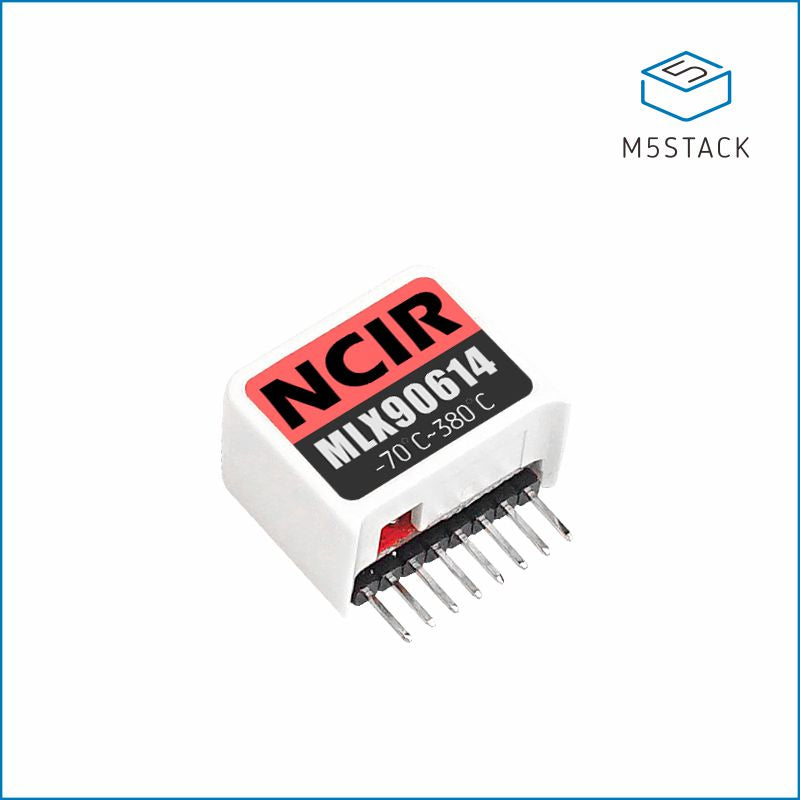
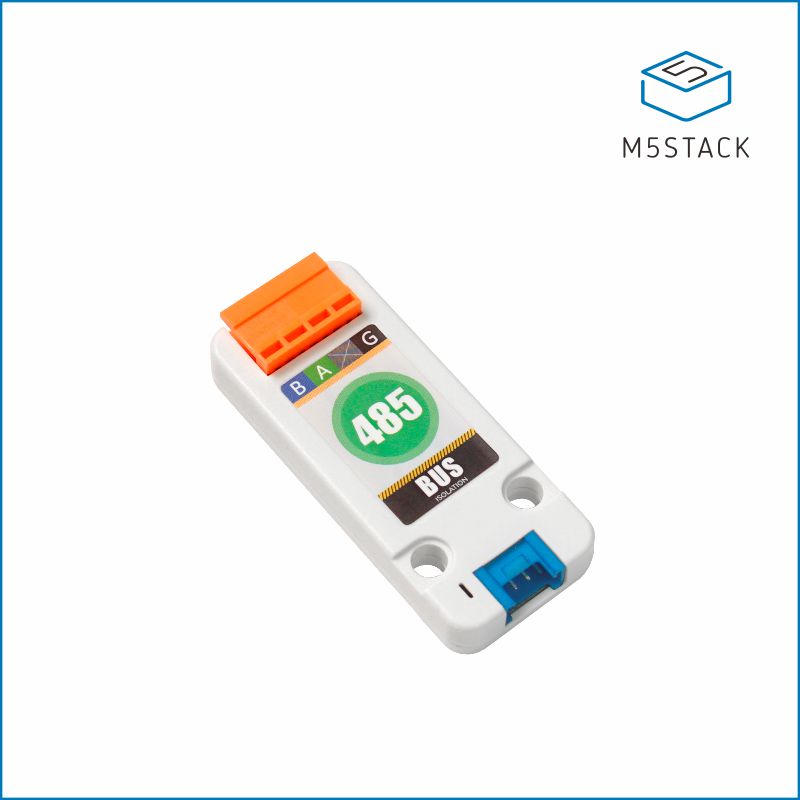
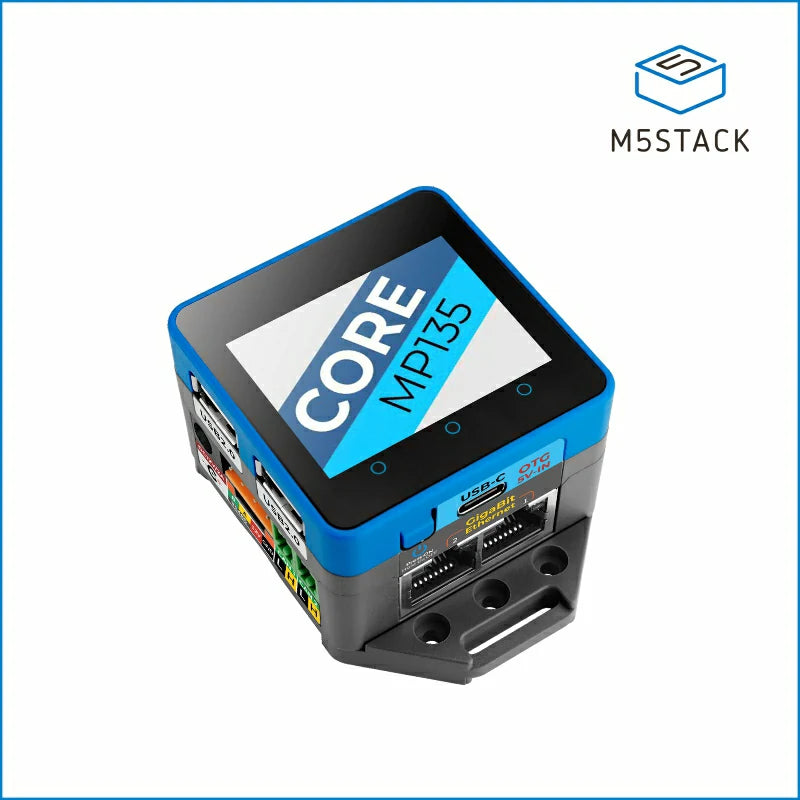
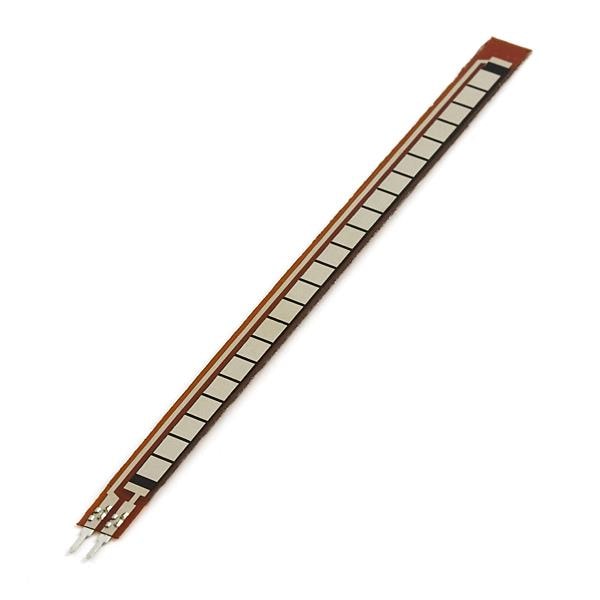
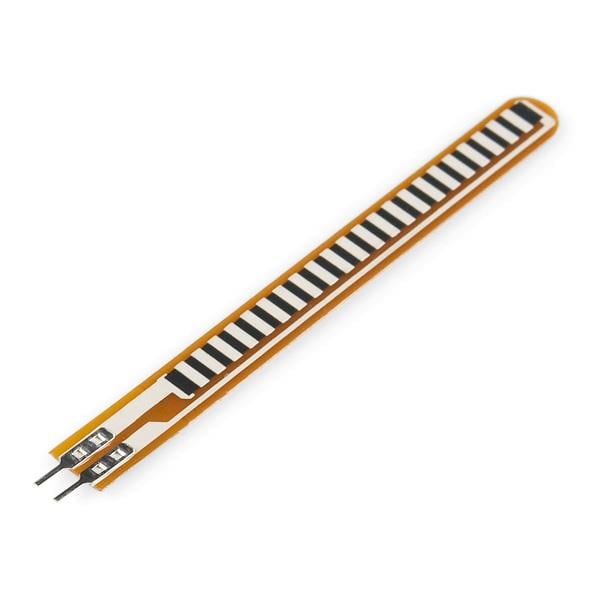
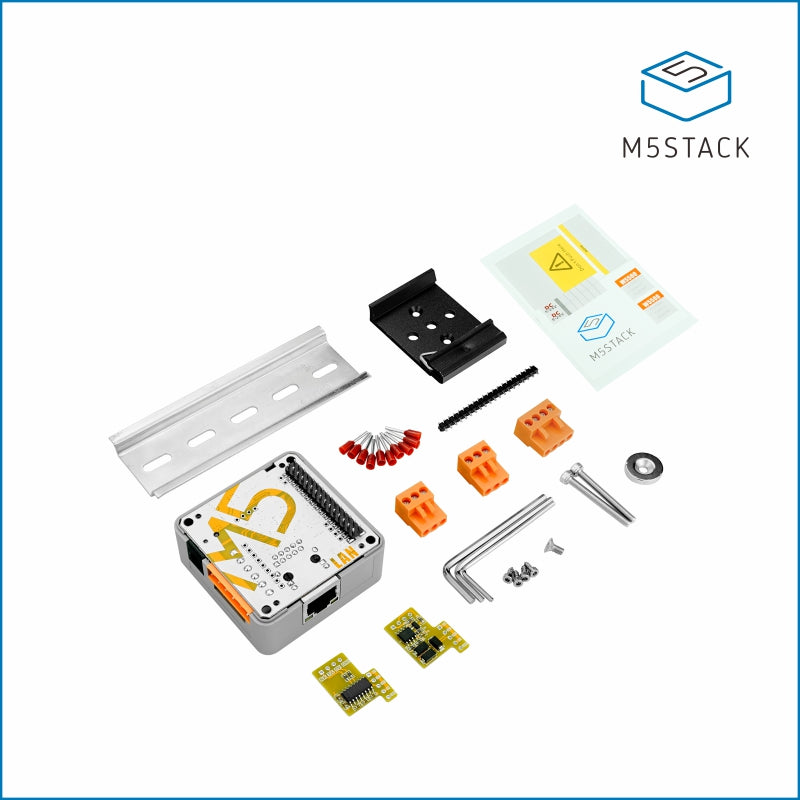

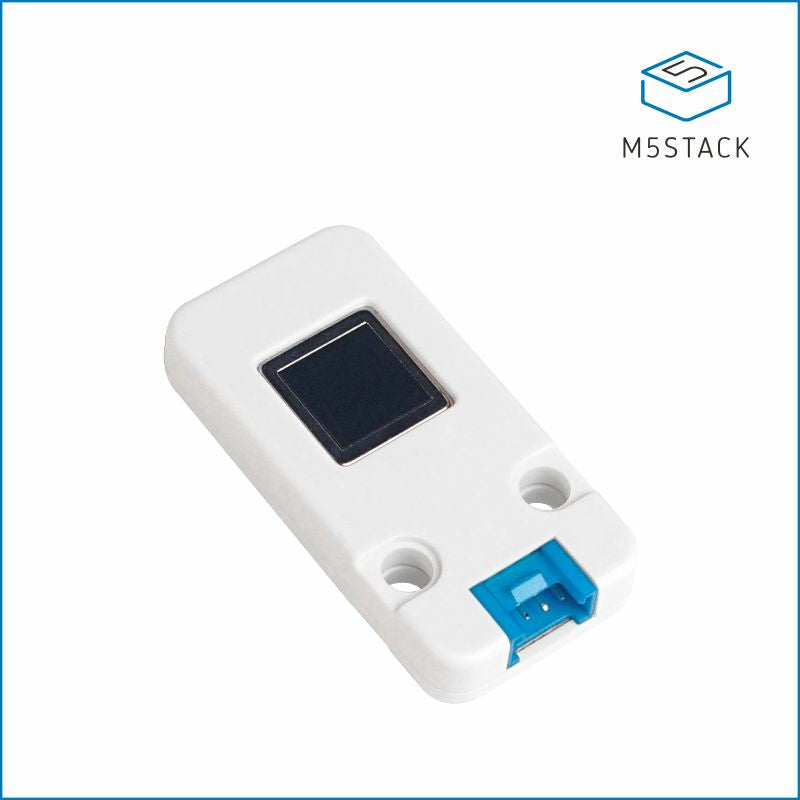

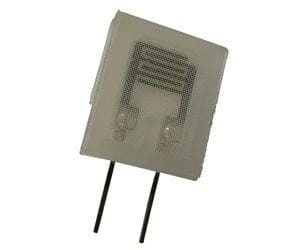
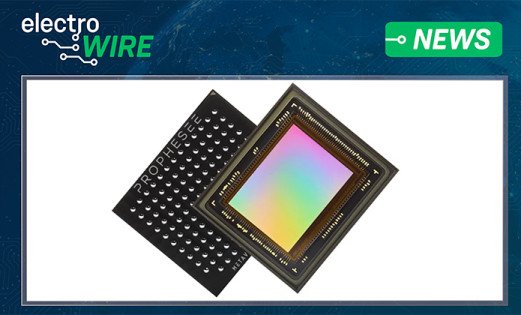


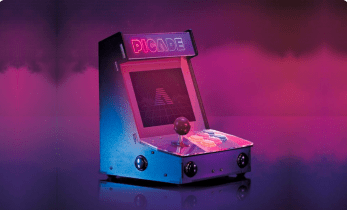

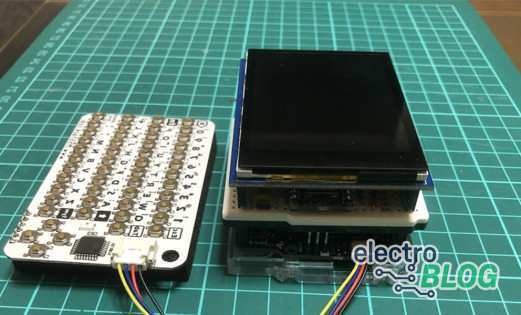
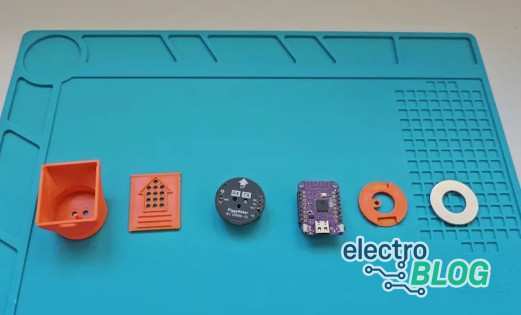
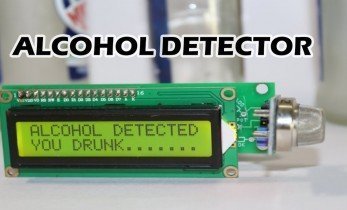
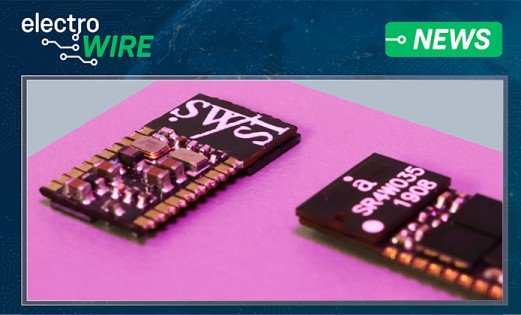
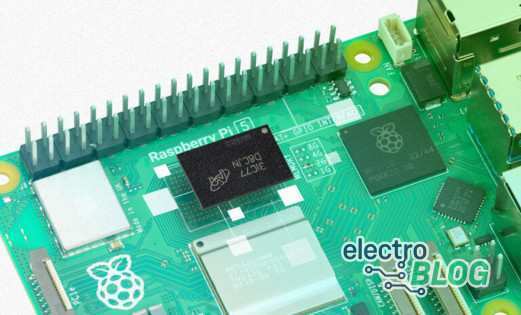
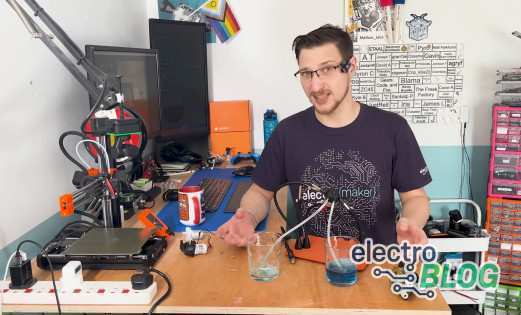


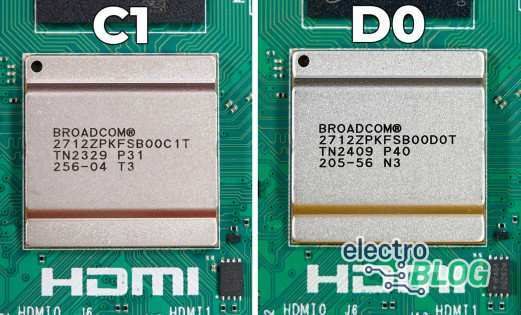


Leave your feedback...